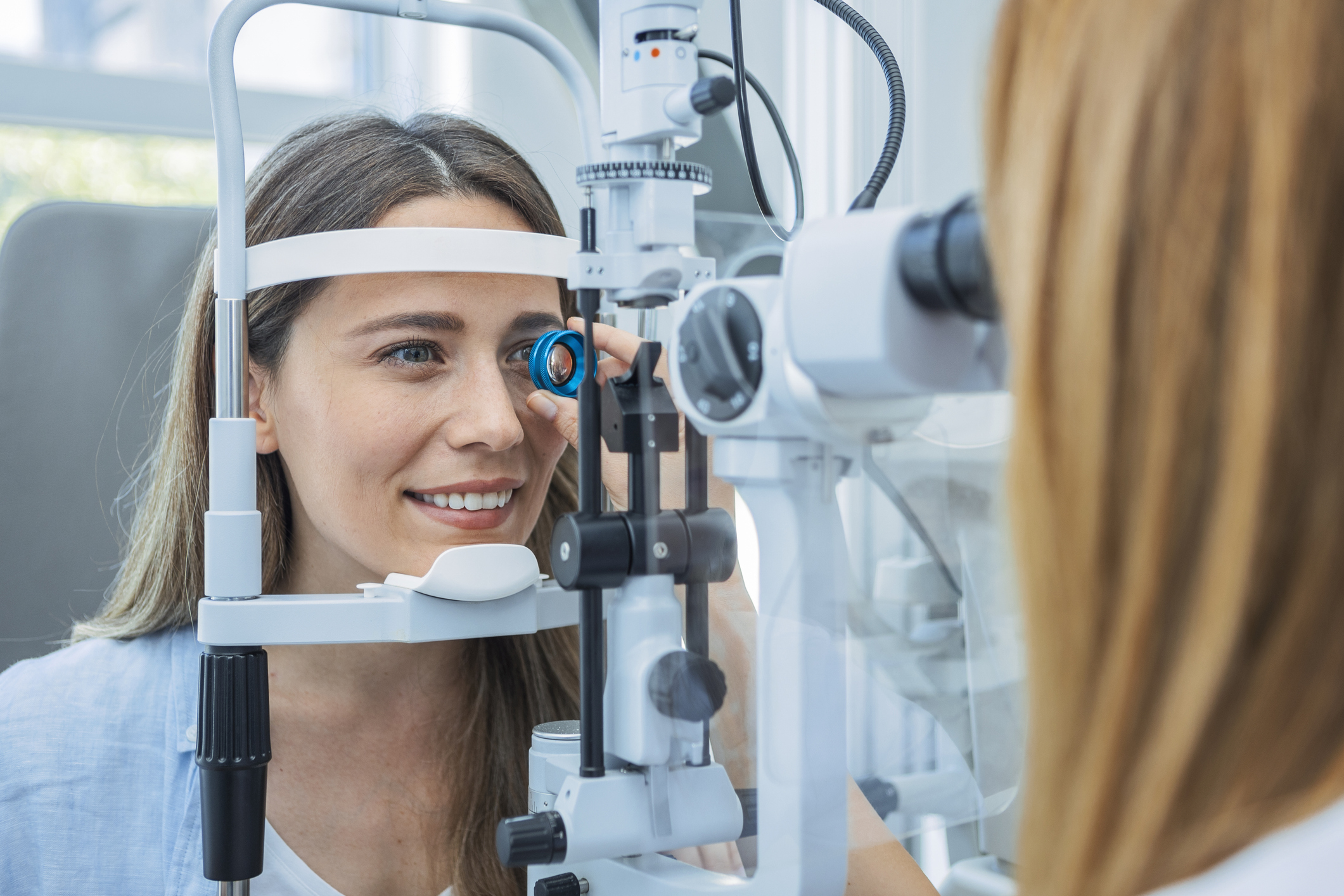Electronic health record (EHR) software is increasingly common across medical practices, including ophthalmology. This solution helps ophthalmology practices improve efficiency, patient care, and profits. To further enhance your practice, you must understand what to look for in your implemented EHR software and how to optimize it to gain the maximum benefits.
The Growing Trend of Ophthalmology EHR Software
EHR software is a cloud-based solution for storing and managing electronic health records. These records detail a patient’s medical history and clinical care and are maintained by their provider, and EHRs replace traditional handwritten notes and dictation.
An increasing number of ophthalmology practices are adopting EHR software due to its many advantages. Another push toward EHR implementation is to avoid payment penalties under the meaningful use (MU) program and simplify coding with the ICD-10 coding system.
Ophthalmologists who have already adopted an EHR solution have noticed these improvements since implementing EHR software:
- Higher-income
- Enhanced productivity
- Decreased costs
- Increased patient volume
- Simplified compliance with MU requirements
- Improved access to patient records
- Easier exchanges with other health providers to exchange patient information
- Enhanced communication with patients
EHR software features most beneficial for ophthalmology practices include:
- Documentation of patient history and treatments
- Interoperability to share patient health information with other practitioners
- E-prescriptions for medications
- Digital access to patient records
Why Practices Should Optimize Their Ophthalmology EHR Software
Poorly executed implementation is one of the most common reasons healthcare providers and staff dislike EHR systems. Poor implementation comes from a lack of planning, communication, and training when setting up the EHR software. Limited functionality, difficult user experience, and lack of customization are other issues ophthalmologists experience with their EHR software.
EHR optimization involves fine-tuning the implementation process by adjusting your software solution to improve your practice’s efficiency. Since EHR implementation is an important business decision for your ophthalmology practice, optimizing it for your unique needs is essential and worthwhile.
EHR optimization is an ongoing process to ensure your software is updated with new functionalities, adheres to new regulatory standards, meets user workflow needs, and more. Since your ophthalmology practice has unique requirements, your EHR software should be tailored to match these.
When ophthalmology practices invest the resources required for EHR optimization, they can:
- Make office processes easier: Instead of using pre-built features that don’t match your practice’s needs, implement customizations, like customized forms. Your practice can save time by simplifying record review and navigation.
- Maximize the value of the software: By using your EHR software’s full capabilities, your practice can take advantage of this technology. Increase the system’s functionalities, like multiple data entry options, more straightforward reporting tools, and e-prescription tools to send medications.
- Support revenue cycle management: Ophthalmology practices can simplify their complex revenue stream with solutions like the Practice Management Bridge® from Rectangle Health. It works with EHR systems to join various revenue streams to simplify payment posting and other administrative tasks.
Reasons to Consider Ophthalmology EHR Software for Your Practice
As more ophthalmologists adopt EHR software, its advantages for these practices’ efficiency and profits are clearly understood. The key reasons to consider EHR software for your ophthalmology practice include the following:
- Higher revenue: The payment tools in EHR software help ophthalmology practices ensure patient payments and manage their revenue cycle. Ophthalmologists can document the patient visit in the EHR interface, assisting with claims.
- Better patient care: Ophthalmologists can quickly access comprehensive patient records, resulting in faster and more effective care. Care is also more accurate since healthcare practitioners can use a patient’s EHR to understand their medical history and provide the best treatment option.
- More accurate information: Paper records can be misplaced, stolen, damaged, or altered. Handwriting can be illegible, resulting in errors. EHR replaces paper records, making information easier to find and read and decreasing the chance of error.
5 Critical Features Your Ophthalmology EHR Software Should Have
Implementing the right EHR software in your ophthalmology practice can promote efficiency, enhance the patient experience, and save money. Look for these five essential features in your EHR software to ensure your office receives the maximum value from the solution.

1. Adaptive learning engine
An adaptive learning engine is a tool that learns a provider’s specific requirements. This intuitive insight can recognize preferred methods and make suggestions based on your historical choices. For example, an adaptive learning engine can suggest diagnoses and remember their necessary treatments. As a result, adaptive learning can save time by streamlining your workflow with its informed and accurate clinical knowledge base.
2. Integration with ophthalmology diagnostic tools
Integration with diagnostic tools establishes a connection between the EHR system and diagnostic tools like imaging and drawing. It assists with clinical discovery and patient care by streamlining results and workflow. For example, you can easily take images and share them with your patients without logging into or out of stand-alone programs.
3. Interoperability
For ophthalmology practices with patients seen across multiple disciplines — like those who need to see a specialist or have a chronic condition — interoperability becomes crucial. Interoperability means EHR software can work with other software tools for continuity of care. Various healthcare providers can communicate and share information with ease.
4. Data management and analysis capabilities
Data management and analysis features in EHR software allow the system to combine information from various disciplines and sources, like EHR, electronic payments, and practice management. By gathering this data, the system can analyze it to report on trends. You can use these reports to make strategic decisions for your ophthalmology practice. For example, data centralization can provide a comprehensive view of a patient’s medical history to make a more accurate diagnosis and prescribe the best treatment.
5. Supports quality of care reporting and outcome-based reimbursement
Quality care reporting and outcome-based reimbursement connect payments to quality of care to reward ophthalmologists for efficiency and effectiveness. This reimbursement method is an alternative to traditional fee-for-service reimbursement. This function in an EHR system is supported by technology that can manage coding for value-based payment measures. This coding ability supports quality reporting.
Improve Your Ophthalmology Practice with Rectangle Health
Rectangle Health has almost 30 years of experience with healthcare technology solutions. We work with ophthalmologists to help these practices simplify their revenue stream and receive patient payments faster through online, in-person, and mobile payments.
Our advanced platform, Practice Management Bridge®, offers powerful tools to enhance patient communications and automate staff workflows. With improved patient satisfaction and engagement, increased staff efficiency, and patient financing plans, your practice will achieve a higher revenue intake.



